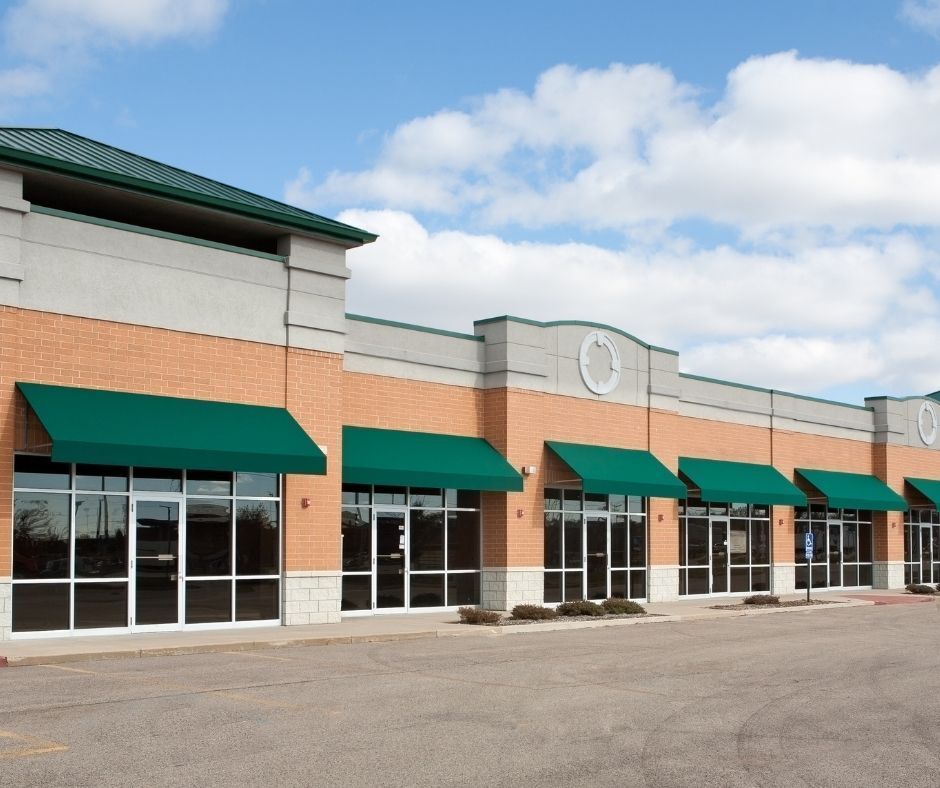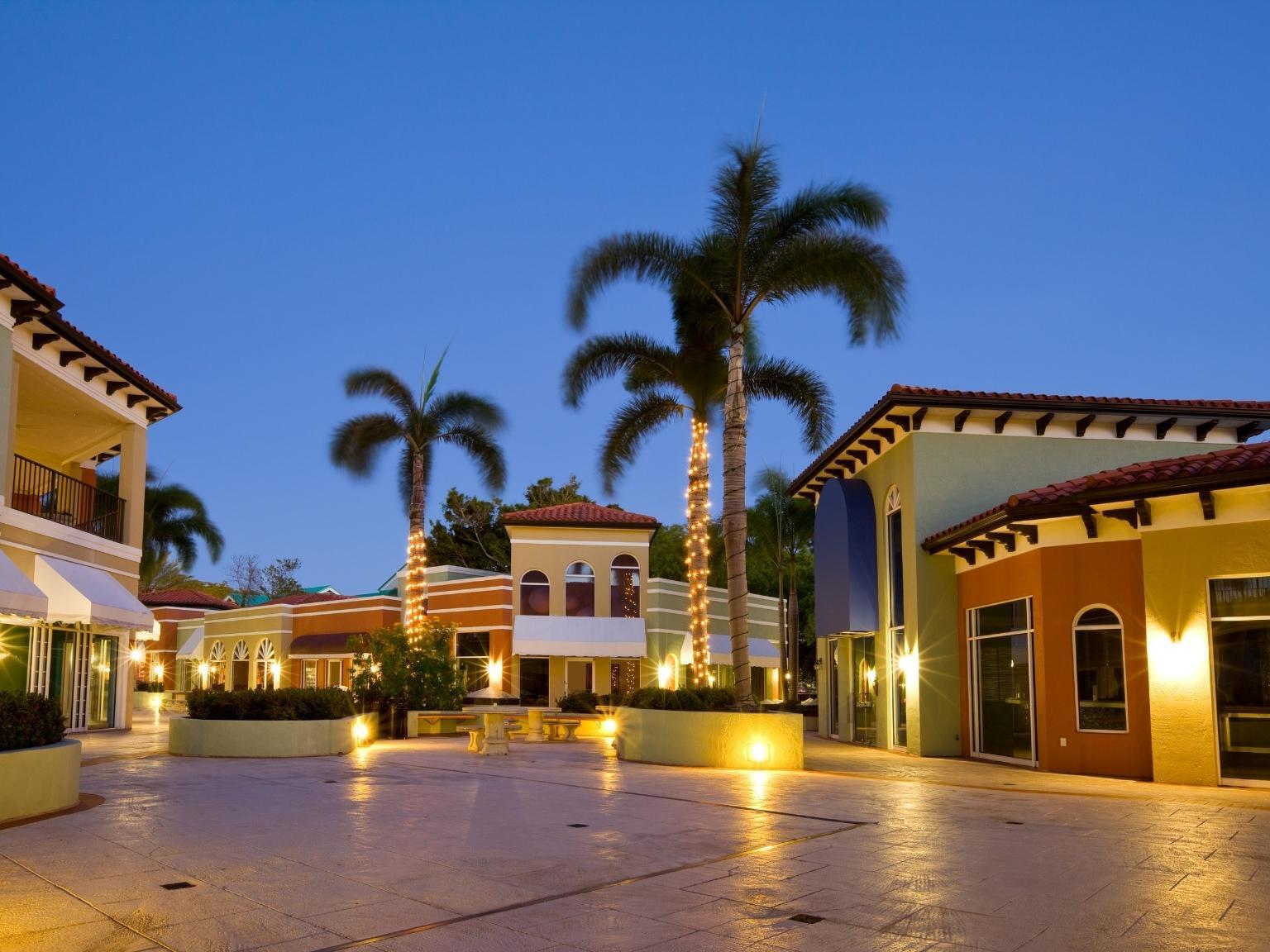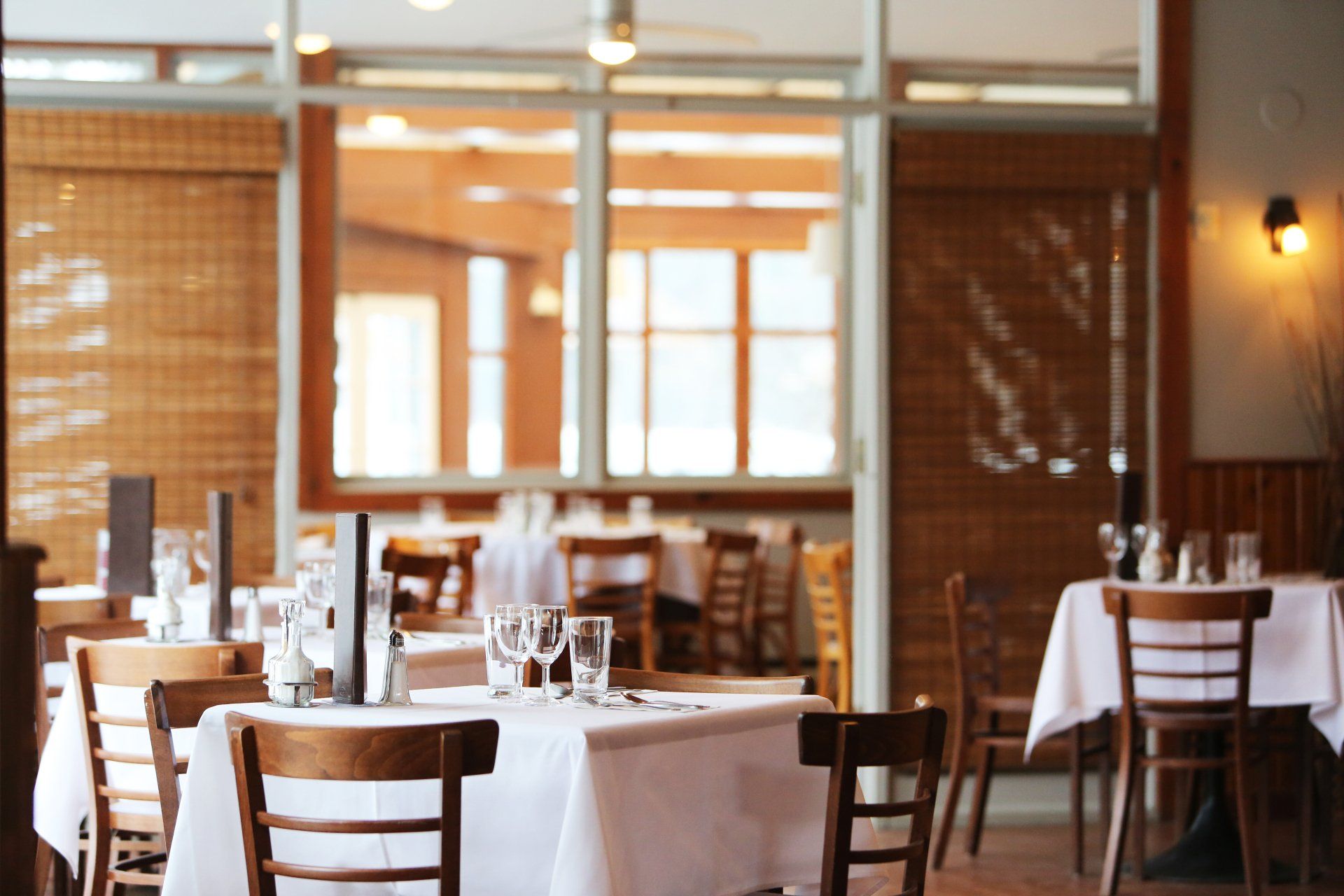By Didier Malagies
•
December 11, 2025
If the **Federal Reserve cuts interest rates by 0.25% and simultaneously restarts a form of quantitative easing (QE) by buying about $40 billion per month of securities, the overall monetary policy stance becomes very accommodative. Here’s what that generally means for interest rates and the broader economy: 📉 1. Short-Term Interest Rates The Fed’s benchmark rate (federal funds rate) directly sets the cost of overnight borrowing between banks. A 0.25% cut lowers that rate, which usually leads to lower short-term borrowing costs throughout the economy — for example on credit cards, variable-rate loans, and some business financing. Yahoo Finance +1 In most markets, short-term yields fall first, because they track the federal funds rate most closely. Reuters 📉 2. Long-Term Interest Rates Purchasing bonds (QE) puts downward pressure on long-term yields. When the Fed buys large amounts of Treasury bills or bonds, it increases demand for them, pushing prices up and yields down. SIEPR This tends to lower mortgage rates, corporate borrowing costs, and yields on long-dated government bonds, though not always as quickly or as much as short-term rates. Bankrate 🤝 3. Combined Effect Rate cuts + QE = dual easing. Rate cuts reduce the cost of short-term credit, and QE often helps bring down long-term rates too. Together, they usually flatten the yield curve (short and long rates both lower). SIEPR Lower rates overall tend to stimulate spending by households and investment by businesses because borrowing is cheaper. Cleveland Federal Reserve 💡 4. Market and Economic Responses Financial markets often interpret such easing as a cue that the Fed wants to support the economy. Stocks may rise and bond yields may fall. Reuters However, if inflation is already above target (as it has been), this accommodative stance could keep long-term inflation elevated or slow the pace of inflation decline. That’s one reason why Fed policymakers are sometimes divided over aggressive easing. Reuters 🔁 5. What This Doesn’t Mean The Fed buying $40 billion in bills right now may technically be labeled something like “reserve management purchases,” and some market analysts argue this may not be classic QE. But whether it’s traditional QE or not, the effect on liquidity and longer-term rates is similar: more Fed demand for government paper equals lower yields. Reuters In simple terms: ✅ Short-term rates will be lower because of the rate cut. ✅ Long-term rates are likely to decline too if the asset purchases are sustained. ➡️ Overall borrowing costs fall across the economy, boosting credit, investment, and spending. ⚠️ But this also risks higher inflation if demand strengthens too much while supply remains constrained. tune in and learn https://www.ddamortgage.com/blog didier malagies nmls#212566 dda mortgage nmls#324329















